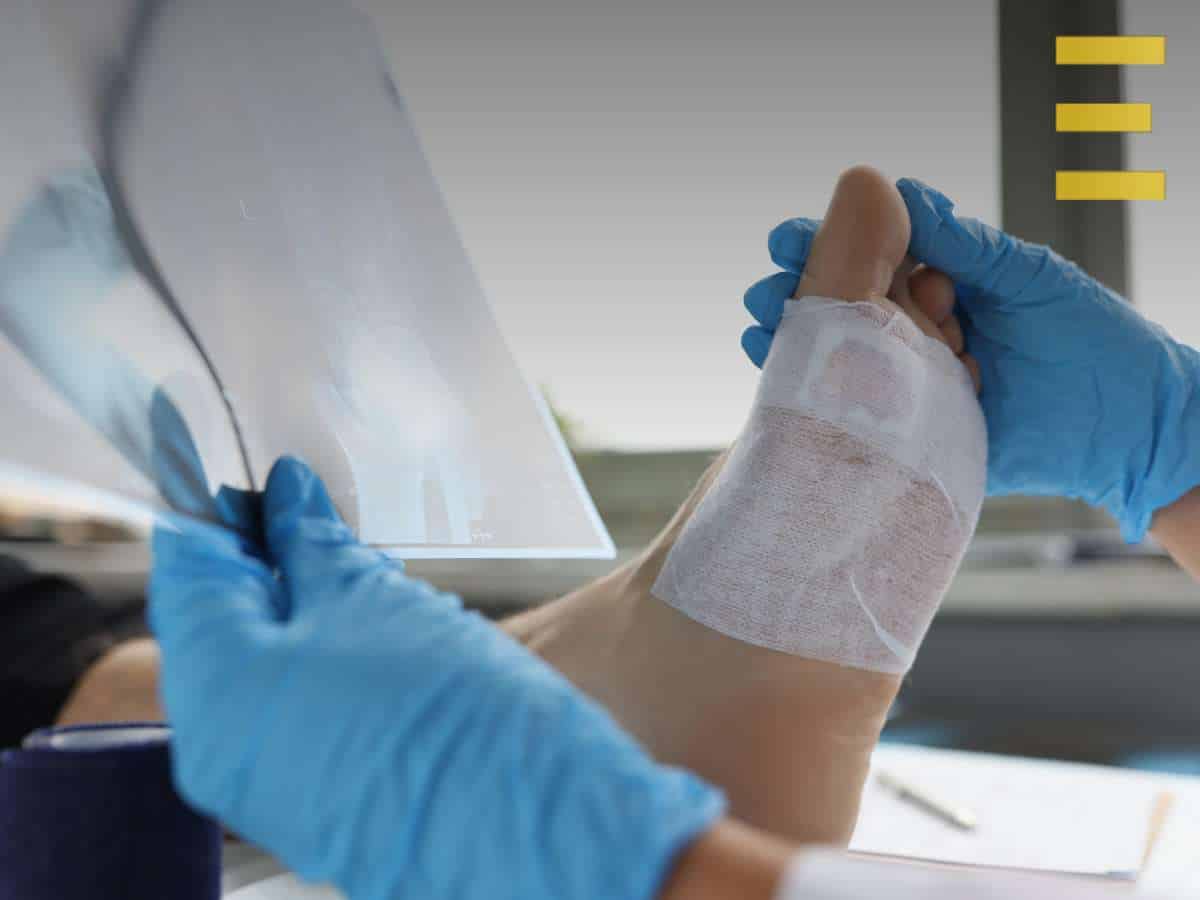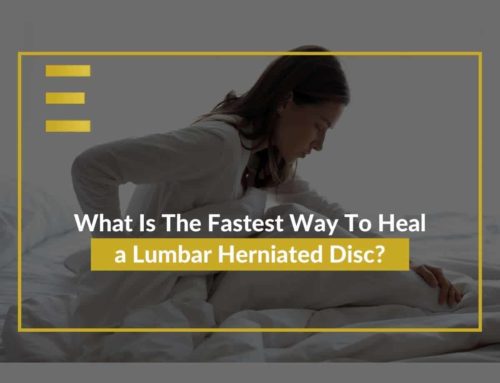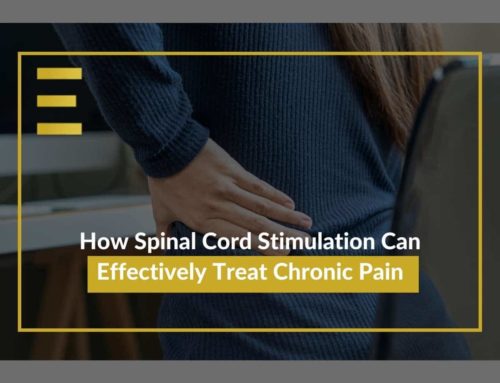Can A Compression Fracture Heal On Its Own?
Compression Fractures: Symptoms, Treatment & Prevention
If you’re suffering from debilitating pain in your middle or lower spine, you may have a vertebral compression fracture. Fortunately, this is a treatable condition and you have options! With diagnosis and treatment from your Alvin interventional pain medicine physician, you can regain an improved quality of life and even enjoy complete freedom from pain.
What Is a Compression Fracture?
A compression fracture is a specific type of fracture in the spine that occurs when the vertebrae suffer from a trauma that causes them to crack from excessive pressure. Many cases of compression fractures happen with aging, as bone density and strength decreases. Weakened bones can mean increased susceptibility to compression fractures from minor situations, such as a severe sneeze, stepping too hard after missing a stair, or lifting something heavy. Sometimes, compression fractures can be the result of a sudden fall or injury, such as a car accident.
The most common symptoms of a compression fracture include:
- Pain when standing or walking
- Decreased pain when lying down
- A sudden onset of back pain
- Tenderness in the spine
Severe cases can cause a reduction in the person’s height.
People who are most at risk of compression fractures include:
- Males over the of 60
- Post-menopausal women
- People who are diagnosed with osteoporosis
- Cancer patients if their cancer has metastasized to the spine and weakened the bones
In rare situations, a compression fracture can be the first sign of cancer if the pain comes on suddenly without explanation.
Most patients with a compression fracture will experience pain in their middle or lower back. Once one compression fracture has occurred, the patient has a significant chance of a second fracture elsewhere in the spine. When multiple compression fractures are untreated, the patient may experience severe pain and greatly reduced mobility along with other serious complications.
Whatever the cause of your compression fracture, you don’t have to continue to suffer! Visit your Clear Lake City interventional pain medicine physician for diagnosis and to learn more about your treatment options.
How Is a Compression Fracture Diagnosed?
Effectively diagnosing and treating back pain as soon as possible is important for the best outcomes, so don’t ignore symptoms. If you experience pain after any activity that places pressure on the spine, including standing, you may be experiencing aggravation of a fractured vertebra. Contact your Clute interventional pain medicine physician for diagnosis.
Compression fractures are diagnosed through symptoms and physical exams. Imaging such as an MRI, CT scan, and/or x-ray may be used to confirm the diagnosis.
What Treatment Options Are Available For Compression Fractures In Texas?
Obtaining the proper diagnosis is your first step toward getting relief from pain. Once your physician has diagnosed your compression fracture, you can begin treatment right away.
Some compression fractures will heal with about three months of rest and precautions. This can include bedrest, pain medications, calcium supplementation, back bracing, icing and heating, and other at-home therapies. Your doctor may recommend physical therapy to increase the strength of your back muscles due to the weakened bones.
Patients who cannot spend three months resting, want faster treatment, or who prefer to avoid pain medications may want to ask their Dickinson interventional pain medicine physician for other treatment options, such as kyphoplasty. This advanced procedure corrects the fracture by using a catheter balloon. In a minimally invasive surgical procedure, the balloon catheter is carefully inserted into the vertebra and then slowly inflated to gently move the bone back to its original space. After the balloon is removed, bone cement is placed into the area to fill the cavity and promote full strength of the vertebra. Bracing and physical therapy is recommended to rebuild the strength of the area until the fracture heals completely.
What Happens If I Don’t Treat My Compression Fracture?
Choosing not to treat a compression fracture can lead to significant daily pain, reduced mobility, and reduced activity levels. More severe cases can result in kyphosis, a serious condition in which multiple untreated fractures create a rounded back that compresses the vital organs.
If you’re suffering from back pain, you don’t have to continue to live that way! Compression fractures and other causes of back pain can be effectively treated so you can get back to your happy, healthy life.
Overcome Back Pain With Our Experienced Interventional Pain Physicians
Bone mass decreases naturally with age, leaving seniors at risk of compression fractures and all of their complications, but you don’t need to live with constant pain. Keep enjoying your life and find real solutions when you visit Evolution Pain & Spine. Dr. Thomas develops individualized treatment plans for each person using a variety of effective and innovative technologies that help his patients enjoy pain-free and active lives. With a focus on treating the root cause of pain and preventing future degeneration, Dr. Thomas is ready to help you find freedom from chronic pain and get back to living full life. Call Evolution Pain & Spine today to get started!
Locations:
League City
3725 East League City Parkway, 240
League City, TX 77573
Phone: 281-916-1012
Fax: 281-916-1073
Sugar Land
17510 West Grand Parkway South, Suite 320
Sugar Land, TX 77479
Phone: 281-916-1012
Lake Jackson
201 Oak Drive South, Suite 104
Lake Jackson, TX 77566
Phone: 281-916-1012






